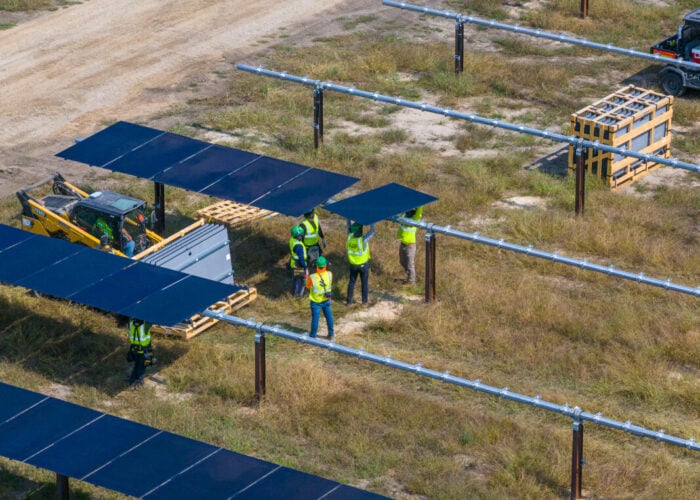Germany’s Fraunhofer Institute for Electron Beam and Plasma Technology, ISC and IVV are working to develop a flexible weather-resistant PV encapsulation film aimed at building-integrated PV (BIPV) applications.
The research bodies claim such a product would be a “key” enabling technology for BIPV and allow parts of buildings previously unusable for PV installations to be exploited for electricity generation.
Try Premium for just $1
- Full premium access for the first month at only $1
- Converts to an annual rate after 30 days unless cancelled
- Cancel anytime during the trial period
Premium Benefits
- Expert industry analysis and interviews
- Digital access to PV Tech Power journal
- Exclusive event discounts
Or get the full Premium subscription right away
Or continue reading this article for free
Using a grant from Germany’s Federal Ministry of Education and Research the three bodies aim to develop a film for flexible solar cells that would give them protection against adverse weather conditions. The current lack of durability in flexible thin-film cells means they often have a poor service lifetime.
They claim that improving the lifetime of flexible thin-film PV cells would open up new possibilities for BIPV integration by increasing the number of elements in the building “envelope” that can be exploited.
The use of thin-film cells in BIPV applications is also attractive because of the possibilities for adjusting their colour and transparency.
The researchers maintain that by using building elements such as industrial flat roofs, facades or large window areas, up to 50% of a building’s energy demand could be met through BIPV systems.
The aim of the project is to develop a flexible film for thin-film solar cells that offers a service lifetime of 25 years.






